Introduction
Seaweed, a diverse group of marine algae, has become increasingly popular in culinary and health circles due to its rich nutritional profile and unique flavor. Among the myriad varieties, kelp (typically referring to species like Laminaria digitata or Saccharina latissima) and laver (commonly known as Porphyra species, often sold as dried sheets or flakes) stand out for their versatility and nutritional benefits. From miso soup to salads and smoothies, these sea vegetables add a burst of umami and essential minerals to dishes. However, identifying fresh kelp and laver can be challenging, especially for those unfamiliar with their characteristics. This guide aims to equip you with the knowledge necessary to select the freshest, highest-quality kelp and laver, ensuring you harness their full nutritional and culinary potential.
Understanding Kelp and Laver
Before diving into identification tips, it’s crucial to understand the basics of kelp and laver. Kelp is a type of brown algae found in cold to temperate coastal waters worldwide. It grows in long, strap-like fronds that can reach impressive lengths, often attaching to rocks or other submerged objects. Kelp is rich in iodine, vitamins, minerals, and dietary fiber, making it a staple in many coastal diets.
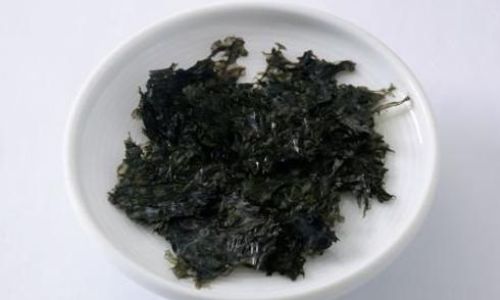
On the other hand, laver belongs to the red algae family and is primarily cultivated in Asia, particularly in Japan and China. It has a thinner, leafier texture compared to kelp and is often dried into sheets or flakes for easy storage and use. Laver is known for its high omega-3 fatty acid content, antioxidants, and trace minerals, contributing to its status as a superfood.
Identifying Fresh Kelp
-
Appearance and Texture
Fresh kelp should have a dark green to brownish-black color, with a slightly rubbery yet firm texture. Avoid kelp that appears faded, slimy, or excessively brittle. The fronds should be intact, with no signs of tearing or decay. Fresh kelp often has a natural, slightly salty aroma, free from strong, unpleasant odors. -
Origin and Seasonality
Kelp grows best in nutrient-rich, cold waters. When purchasing fresh kelp, inquire about its origin. Ideally, it should come from clean, unpolluted coastal areas. Seasonality also plays a role; kelp is typically harvested during the colder months when its growth is optimal. -
Floating vs. Attached
Fresh kelp can be found either floating freely in the ocean or attached to rocks or other substrates. Floating kelp might have detached naturally or been harvested that way. While both can be fresh, attached kelp might retain more nutrients and flavor since it hasn’t been exposed to prolonged floating and potential environmental stressors. -
Inspection for Pests and Contaminants
Carefully inspect kelp for any signs of pests, such as small barnacles or snails, which can indicate it was harvested from an unhealthy environment. Additionally, check for sand, grit, or other contaminants that might have adhered during harvesting or handling. -
Smell and Taste
Fresh kelp should have a mild, oceanic scent. If it smells fishy, sour, or otherwise unpleasant, it’s likely past its prime. A quick taste test (rinsing a small piece under water first) can also reveal if the kelp is fresh; it should taste slightly salty and slightly sweet, without any bitterness or off flavors.
Identifying High-Quality Dried Laver
While fresh laver is less commonly available in markets outside Asia, dried laver is widely sold and offers a convenient way to enjoy its benefits. Here’s how to select the best:
-
Color and Appearance
High-quality dried laver should have a deep green to blackish-green color, with a uniform texture. Look for sheets or flakes that are intact, not broken into too many small pieces. Avoid laver that appears faded, discolored, or has an uneven texture, which could indicate improper drying or storage.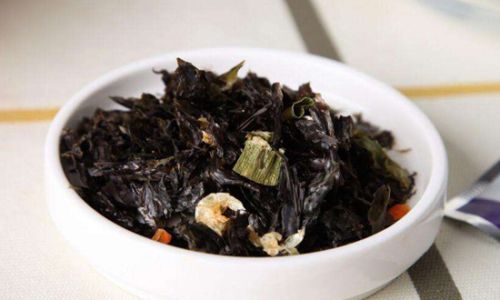
-
Aroma
Dried laver should have a strong, savory aroma reminiscent of the sea. If it smells bland, musty, or has any off odors, it’s likely stale or of poor quality. -
Moisture Content
Feel the dried laver to assess its moisture content. It should be dry to the touch but not brittle. Excessively moist laver might indicate improper drying, which can lead to spoilage. Conversely, overly brittle laver might have lost essential oils and flavors due to over-drying. -
Origin and Processing
As with kelp, the origin of your dried laver is important. Look for products sourced from reputable suppliers with a track record of sustainable harvesting practices. Additionally, check the packaging for information on processing methods; ideally, laver should be sun-dried or air-dried to preserve its nutrients and flavor. -
Taste Test
If possible, perform a taste test by soaking a small piece of dried laver in water and tasting it. It should have a robust, slightly sweet, and umami-rich flavor. Avoid laver that tastes bland, bitter, or has any off flavors.
Storage and Handling Tips
Once you’ve selected fresh kelp or high-quality dried laver, proper storage is key to maintaining its freshness and nutritional value. Fresh kelp should be stored in an airtight container in the refrigerator, where it can keep for a few days to a week. Dried laver should be kept in a cool, dry place, away from direct sunlight and moisture, to extend its shelf life.
Conclusion
Identifying fresh kelp and high-quality dried laver requires attention to detail and a basic understanding of their characteristics. By examining appearance, texture, aroma, and origin, you can ensure you’re selecting the best possible products. Remember, fresh seaweed is a treasure trove of nutrients and flavors, enhancing your culinary experiences while contributing to your overall health. With this guide, you’re well-equipped to navigate the world of seaweed, making informed choices that maximize its benefits. Happy harvesting and cooking!

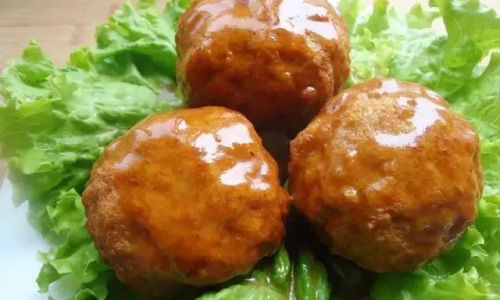
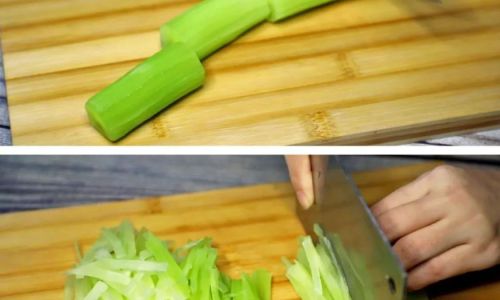
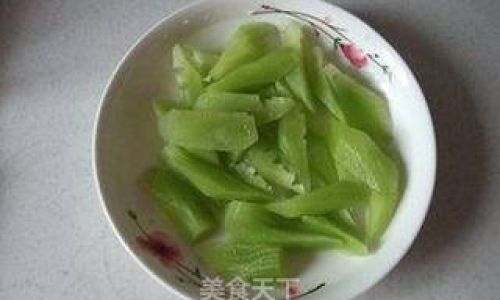
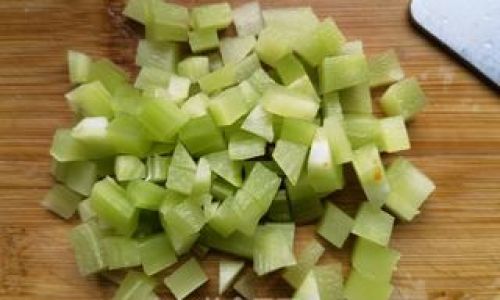
0 comments